Create your own ‘Here in this spring’ visual poem
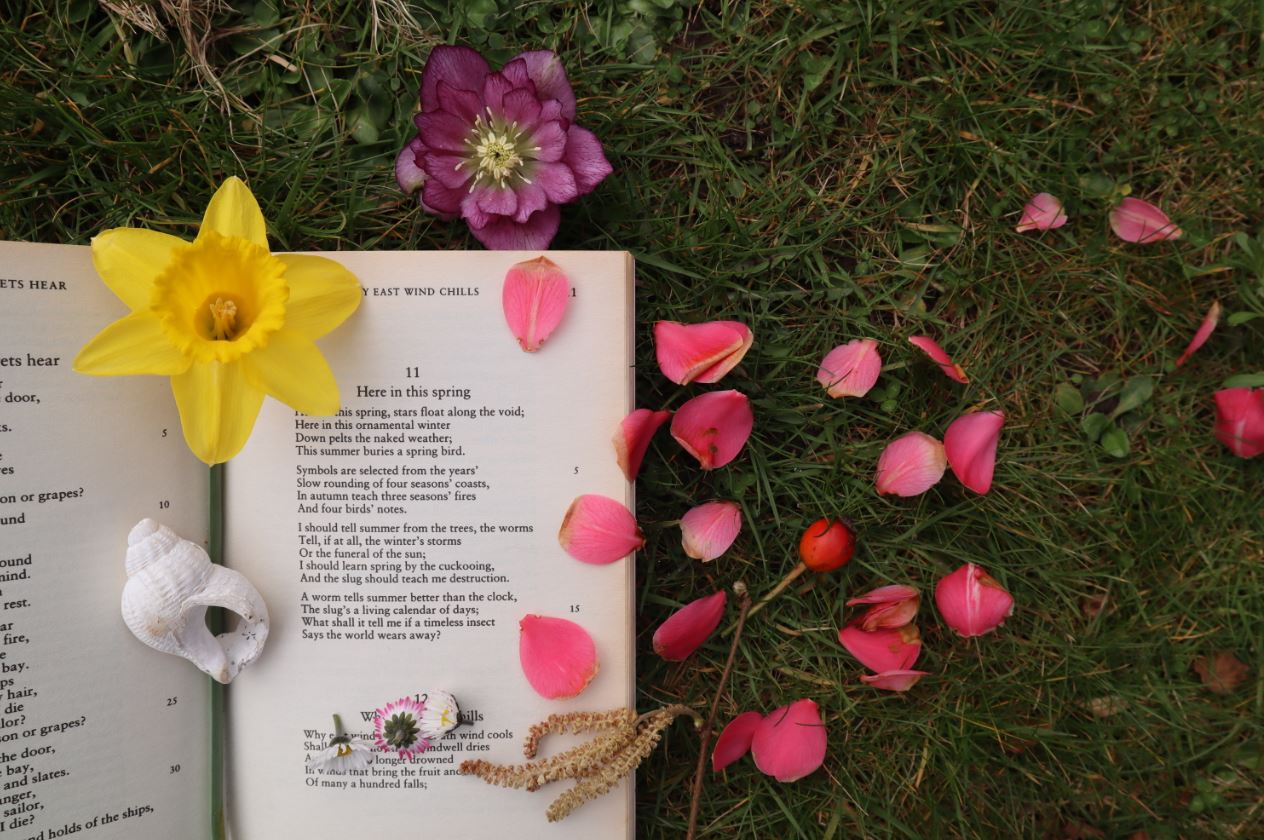
When we think of a poem, we think of words on a page. Often, these words are used to create a feeling, or see an image of a something in our minds. In this activity, we’re going to make a poem from different objects, and these objects will help us create an image or share an emotion.
By creating a “visual poem”, not only can you have a lot of fun gathering objects and arranging them, but it is also a really accessible activity that allows for a bigger age-range and ability to take part and enjoy poetry.
Our visual poems are inspired by Dylan Thomas’ poem ‘Here in this spring’, where he writes about the changing seasons. It was written when he was a young man living in Swansea.
We have made several examples to get you started, but there are no rules – except to have fun!
- Read or listen to someone else reading Dylan’s poem ‘Here in this spring’. You might want to gather objects in your home or garden that this poem makes you think of, or you could go on a Spring walk and take pictures of anything that reminds you of the poem.
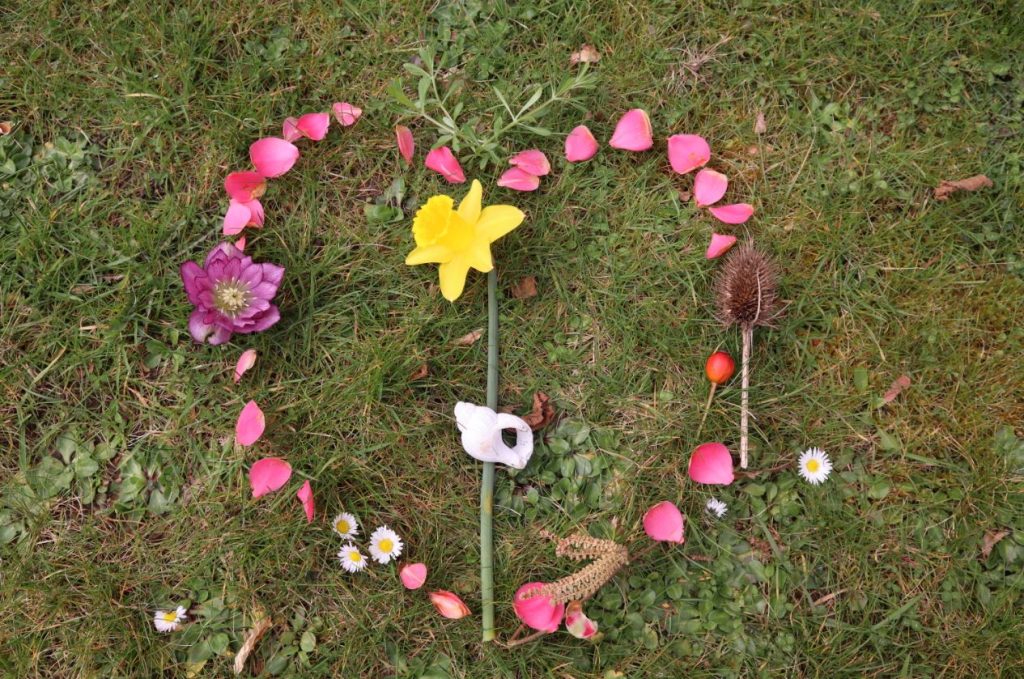
- Create your OWN visual poem by photographing or drawing things that you see on your Spring walk. You might feel happy today, and notice all the new growth and sunshine. Or perhaps you are feeling sad and so you might take pictures of a dark cloud or a muddy puddle. If you don’t have a camera, you could also come home a draw something from your walk that explains how you are feeling or what you have seen. Perhaps you might collect things along the way such as twigs and pebbles, and you might like to arrange them into a “poem” when you get home.
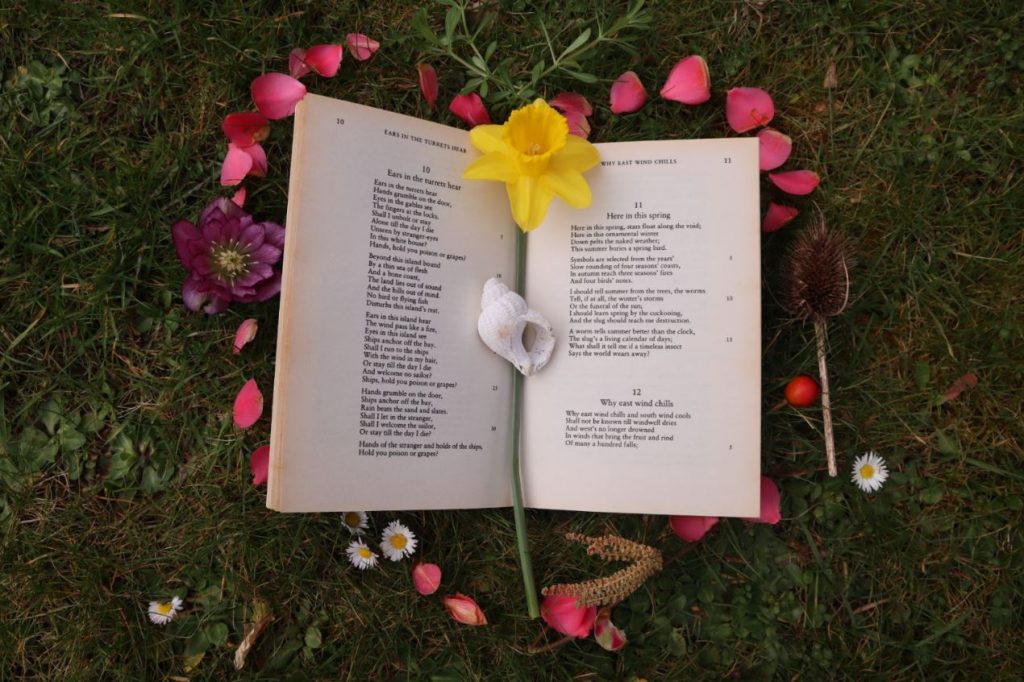
- Poems often follow a pattern of rhythm or rhyme, and so you might like to arrange your objects in patterns too. You could place your objects in patterns of four: four twigs, four pebbles, four leaves etc. In our poem Spring at the Beach, we arranged our circle of treasures in a pattern of 3, 1, 3, 1 etc, with a pair of gloves in the middle.
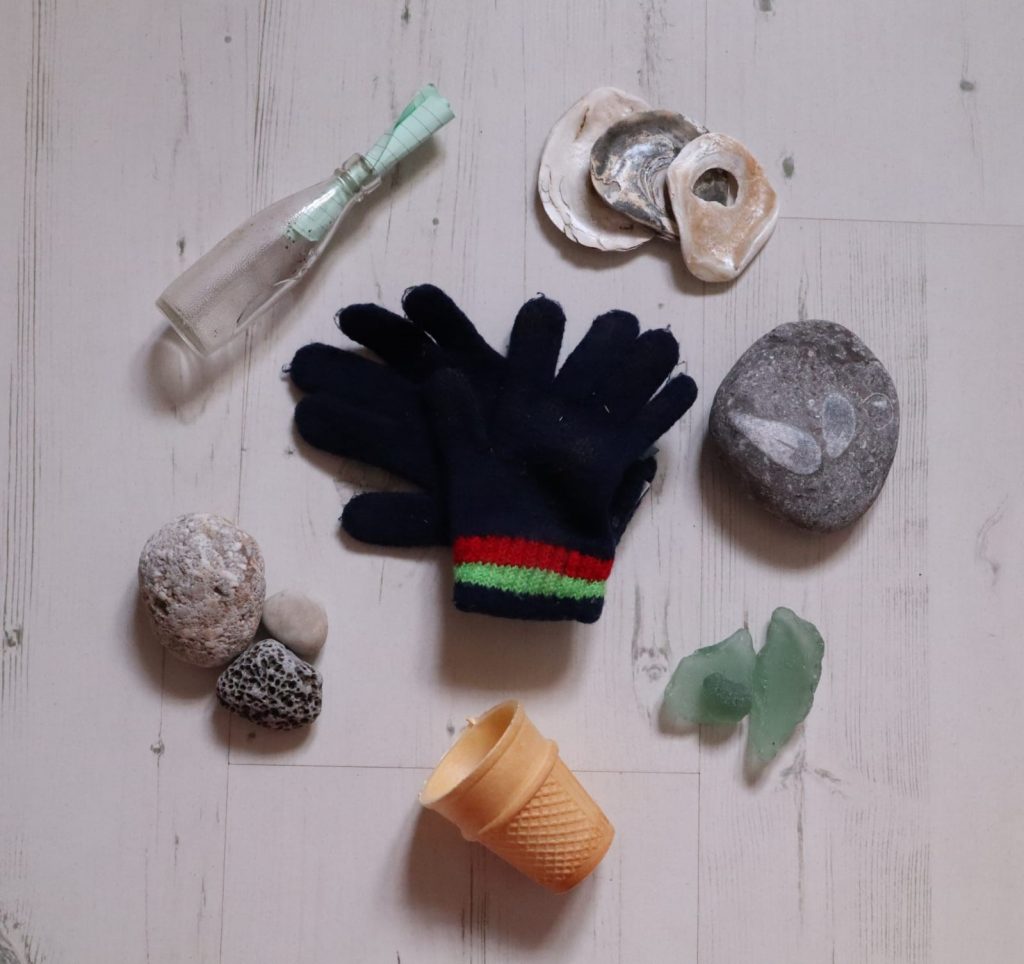
- For “rhyme”, which in a written poem involves using words that have a similar spoken sound, we chose to use colour. In our poem Cosy Spring, we chose a soft palette of pinks and pale blues to “rhyme” with each other. You could also choose a group of objects whose names all rhyme when you say them! There’s lots of ways to do this, so do what feels good.
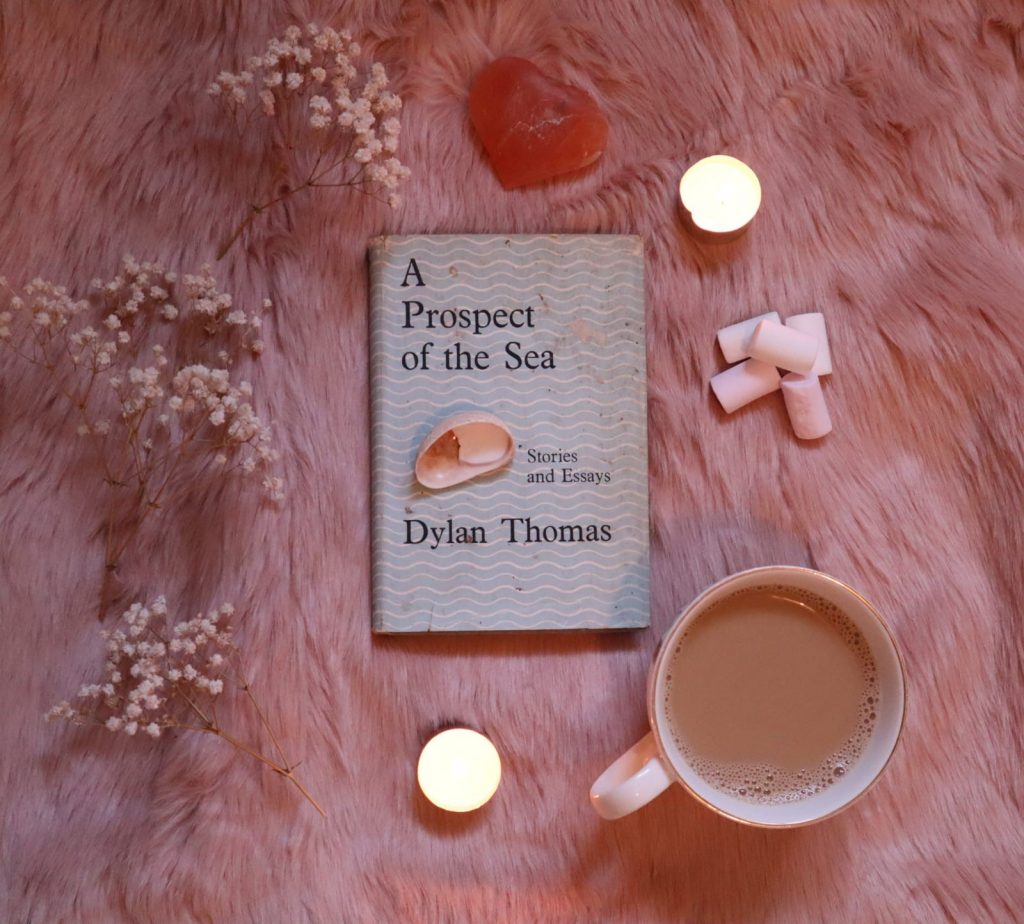
- When you have made your poem, show it to someone and ask them how it makes them feel or what it makes them think of. If you would like to share your results with us, you can tag us online @DTCSwansea / Facebook.com/DylanThomasCentre or email us direct at dylanthomas.lit@swansea.gov.uk. Happy Spring!
This post is also available in: Welsh


